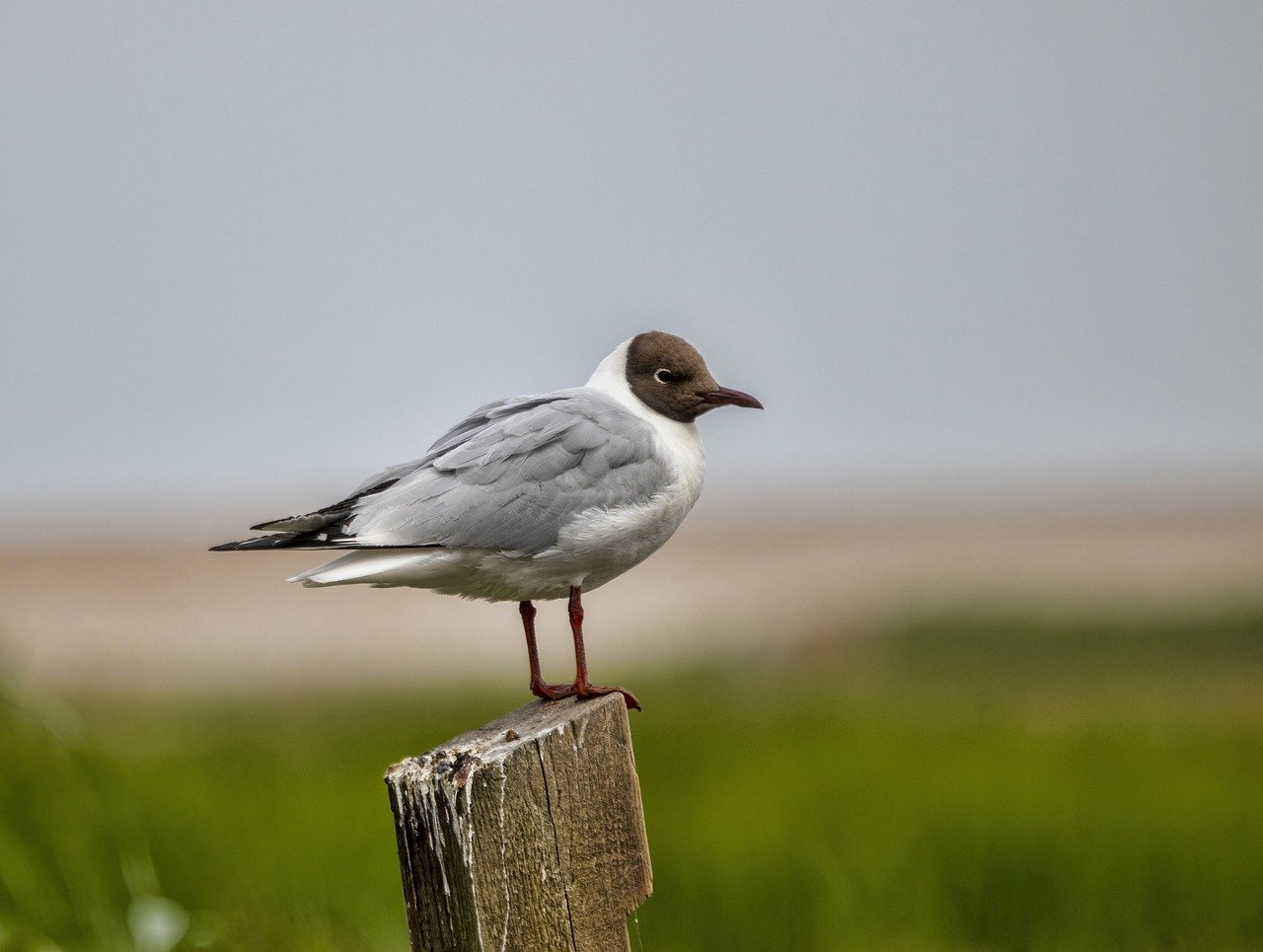Att lära sig stjäla: skillnader i framgång mellan gamla och unga skrattmåsar vid kleptoparasitism mot tofsvipor
DOI:
https://doi.org/10.34080/os.v10.22883Nyckelord:
födosöksekologi, mellanartsinteraktion, mellanartskonkurrens, beteendeAbstract
How Black-headed Gulls’ Larus ridibundus skill at kleptoparasitising Lapwings Vanellus vanellus improved during the course of the autumn was studied in southernmost Sweden from 1988 to 1997. Relative to adults, whose success rate remained constant, that of juveniles increased rapidly from late July to early August and more slowly thereafter. Overall success rate of adults was c. 63% and that of juveniles c. 45% based on about 5,000 attacks by each age category. In contrast to kleptoparasitism, the feeding rates of adults and juveniles did not differ when they used some other feeding methods, not even when catching flying insects on the wing about a month after the young birds fledged. This suggests that kleptoparasitism is a difficult feeding method that takes time to perfect.
Nedladdningar

Downloads
Publicerad
Referera så här
Nummer
Sektion
Licens
Författaren/författarna innehar copyright för varje enskilt bidrag, men samtliga bidrag är publicerade under en Creative Commons-licens, så att vem som helst kan dela och återanvända bidraget förutsatt att copyright-innehavaren erkänns.







